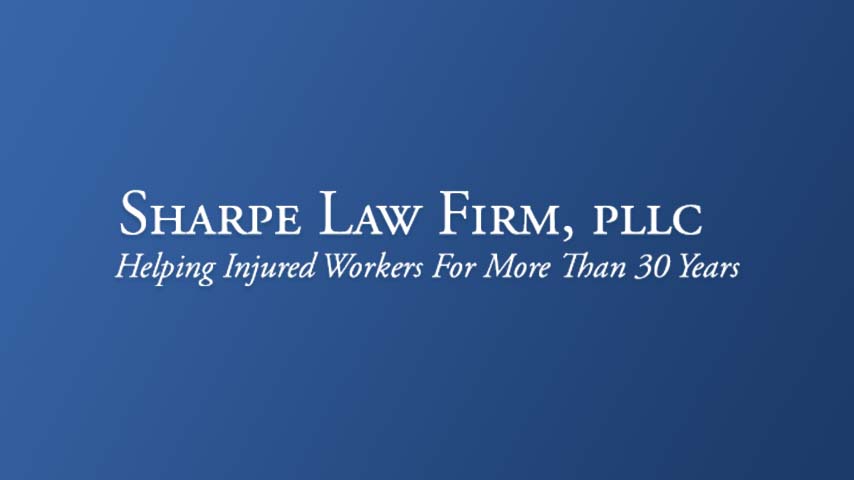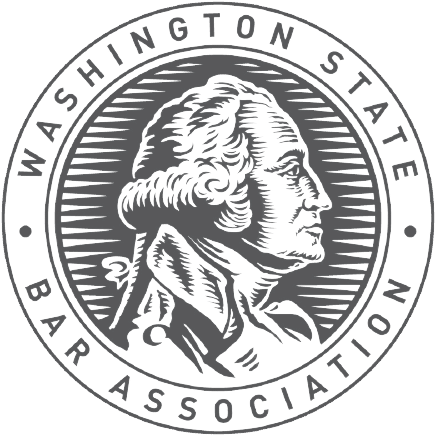What is Voluntary Retirement in the L&I System?
Voluntary Retirement is not what you think it is. Voluntary retirement is a characterization of the injured worker’s status on the date of their application for benefits. (Initial filing of an L&I claim or reopening of an L&I claim). Voluntary retirement is an artificial status. It is bad news. It is used by the Department of Labor and Industries and Self Insured employers to deny time loss and pension benefits to workers who in their opinion are not sufficiently attached to the workforce.
Said another way, a voluntary retirement order is not good news. It is L&I’s way to unfairly take worker’s benefits. Don’t let them do this to you. Learn the rules. Protest and/or appeal that order. Consult a lawyer. Get legal advice. Protect your right to benefits. There could be a lot of money involved here and you will get none of it if you let L&I do this to you.
Voluntary Retirement Rules
- The Washington Administrative Code definition of voluntary retirement is at WAC 296-14-100:
- What is the problem with voluntarily retirement? Time loss compensation and pension payments will not given to workers who are voluntarily retired from the work force. Voluntary retirement means you are not adequately attached to the work force, so you will not get time loss or pension payments.
- Payment for union benefits while not working. L&I says that payment of union dues, medical premiums, or life insurance premiums do not constitute attachment to the work force.
- How to show you are not voluntarily retired. A worker is not voluntarily retired when the industrial injury or occupational disease is a proximate cause for the retirement. You must protest or appeal an L&I voluntary retirement order. Otherwise you will be deemed to have voluntarily retired, even if it is not true.
- What is voluntary retirement? Voluntary retirement is L&I’s questioning an injured persons status by saying they are not a worker. L&I policy 5.91 applies to time loss and presumably pension requests. When a workers attachment to the work force is questioned, the L&I adjudicator determines that the worker has voluntarily retired from the workforce when the worker meets all 4 of the following criteria:
- The worker is not receiving income, salary or wages from employment; and
- The worker has not provided evidence of a bonafide attempt to return to gainful employment after retirement, even when requested by the insurer to do so; and
- An injury or disease related to the industrial condition was not a proximate cause of the worker’s decision to retire from the workforce: and
- At the time of application for benefits the worker was not attached to the workforce.
- An L&I order declaring “voluntary retirement’ means no time loss RCW 51.32.090 (8), and no pension benefits RCW 51.32.060 (6). However, L&I saying that a worker voluntarily retires doesn’t make it so, unless you ignore their order and let it become a final order. Don’t ignore a voluntary retirement order.
- Incorrect L&I decisions can and should be challenged. A worker MUST protest or appeal any wrong decision, if they are to receive consideration of the time loss and pension benefits. Failure to properly protest or appeal in writing and on time, will result in the determination of voluntary retirement becoming final and binding.











